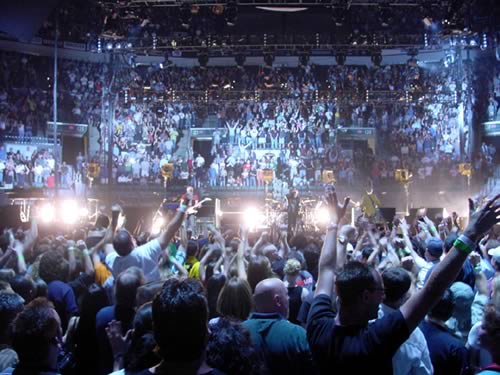
The Pentax K-x is 4.8 x 3.6 x 2.7 in. and weighs 27.9 oz. It's quite small and is difficult to handle if you have big hands. Pentax has never mentioned it to be a compact dSLR.
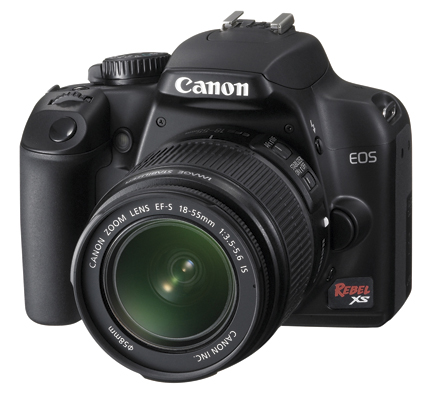
Canon refers to its smallest entry-level dSLR's as compact dSLR's. Their smallest is the Rebel XSi which measures 5.1 x 3.8 x 2.4 inches and weighs 16.8 oz. It's a regular bulky monstrosity you can never put in your pocket. It's just their smallest not really compact.

The Olympus E-420 is the smallest dSLR ever. The Evolt E-420 measures 5.1 x 3.6 x 2.1 inches and weighs 13.4 oz. It has a four-thirds mount and a digital sensor that's smaller than APS-C. The E-240 however comes complete with a reflex mirror and a pentamirror (or pentaprism) that are the defining parts of a true dSLR. It's really small but it's not compact.

Make the reflex mirror permanent to take away the pentaprism/pentamirror and you'll have a translucent mirror camera or Single Lens Translucent (SLT) like the Sony Alpha 33. It's 4.9 x 3.6 x 3.3 in. and weighs 25.6 oz. It uses an APS-C sensor. Even without a pentaprsim or pentamirror, it's still visibly bulky and can not classify as a dSLR due to the lack of a pentaprism or pentamirror. The translucent mirror is there for rapid autofocus functions. The camera is obviously flattened but compact? Maybe.
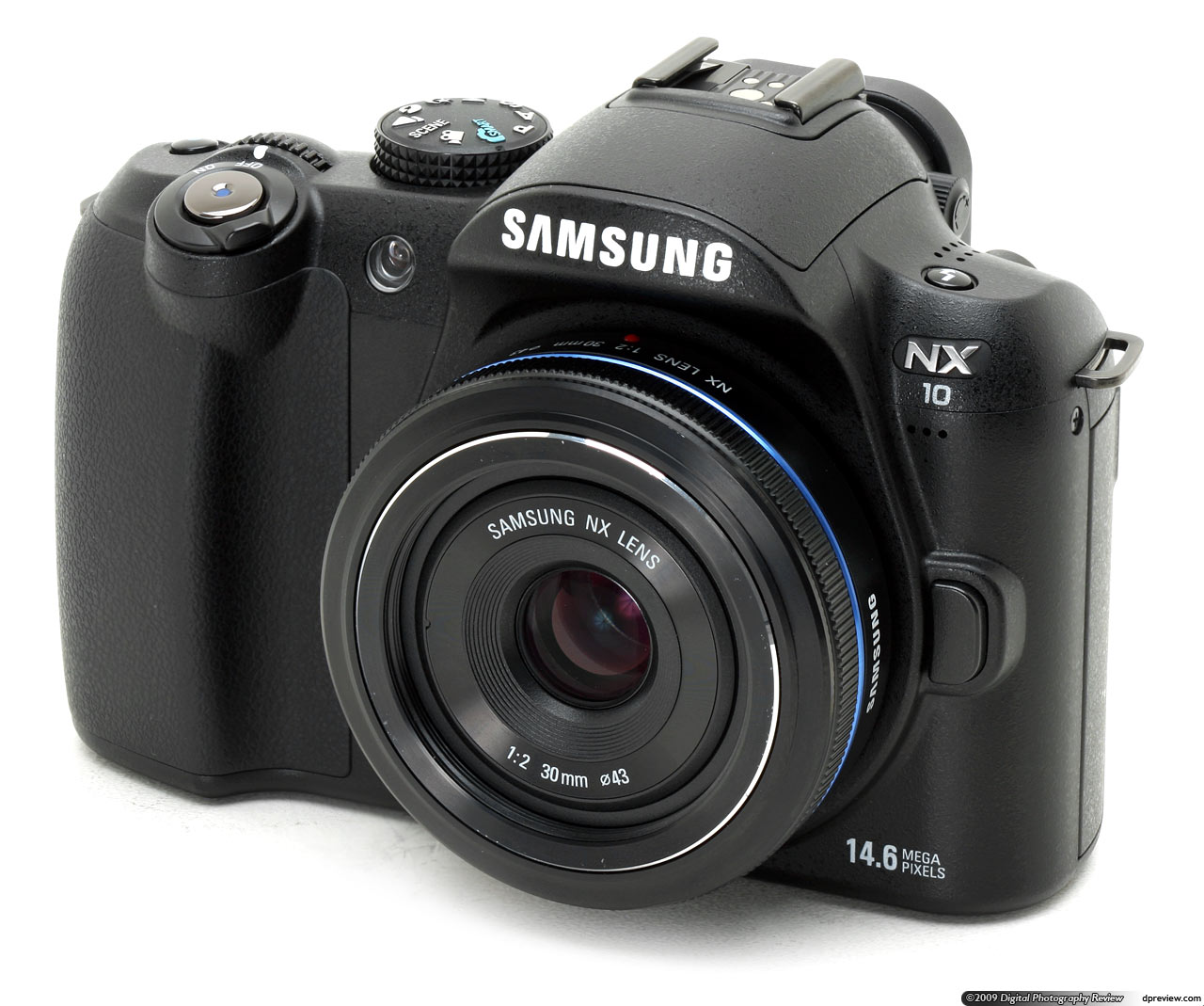
To make a dSLR more compact, you have to remove the reflex mirror. What you will get is a hybrid or mirrorless camera like the Samsung NX10. This one is 4.8 x 3.4 x 1.6 inches and weighs 12.5 oz. It uses an APS-C sensor. Is it a compact dSLR? No. The reflex mirror is gone hence it's no longer an SLR. You can no longer call it a dSLR. Compact? Close.

If you make the dSLR smaller by taking away the reflex mirror, the pentaprism, and then make the lens permanent, you'll end up with something like the Pentax X5 which is a bridge camera. This one's at 4.7 x 3.4 x 4.2 inches and 17.9 oz but other bridge cameras are much smaller. The 1/2.33" sensor is too small for dSLR standards. It may resemble a dSLR but it lacks the defining parts of a dSLR. It can't be called a dSLR. Compact dSLR? Never. Compact, yes.

Take away everything then and replace the sensor and lens with small ones. What you'll have is a point-and-shoot camera. A real compact camera.
Now you know!
Keerok
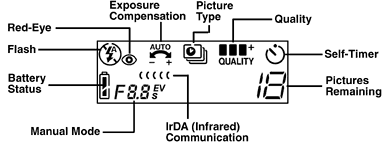



















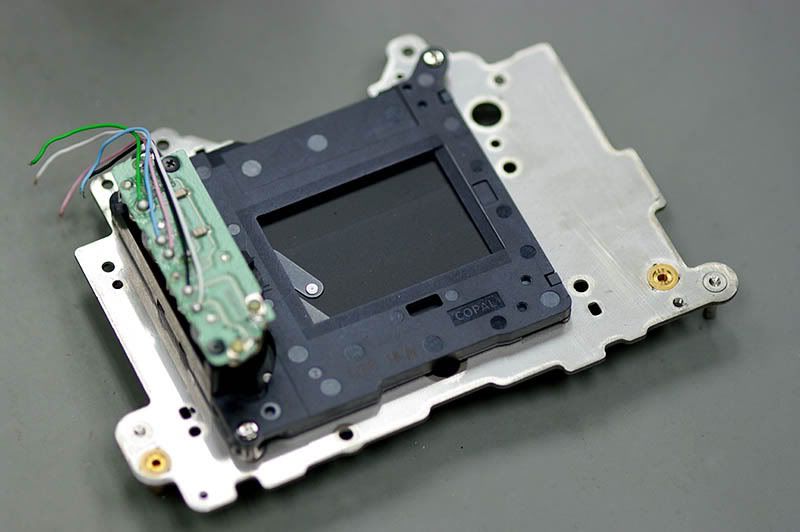






 Professional is a term for a person. The camera is only a tool. If a person uses a camera to earn money then that person is a professional photographer. The brand, model or type of camera used does not matter. The proficiency of the photographer, whether he's good or not at taking pictures, also does not matter. What matters is that the photographer must get paid to be called a professional.
Professional is a term for a person. The camera is only a tool. If a person uses a camera to earn money then that person is a professional photographer. The brand, model or type of camera used does not matter. The proficiency of the photographer, whether he's good or not at taking pictures, also does not matter. What matters is that the photographer must get paid to be called a professional.

 What matters is how you set up the camera.
What matters is how you set up the camera.




